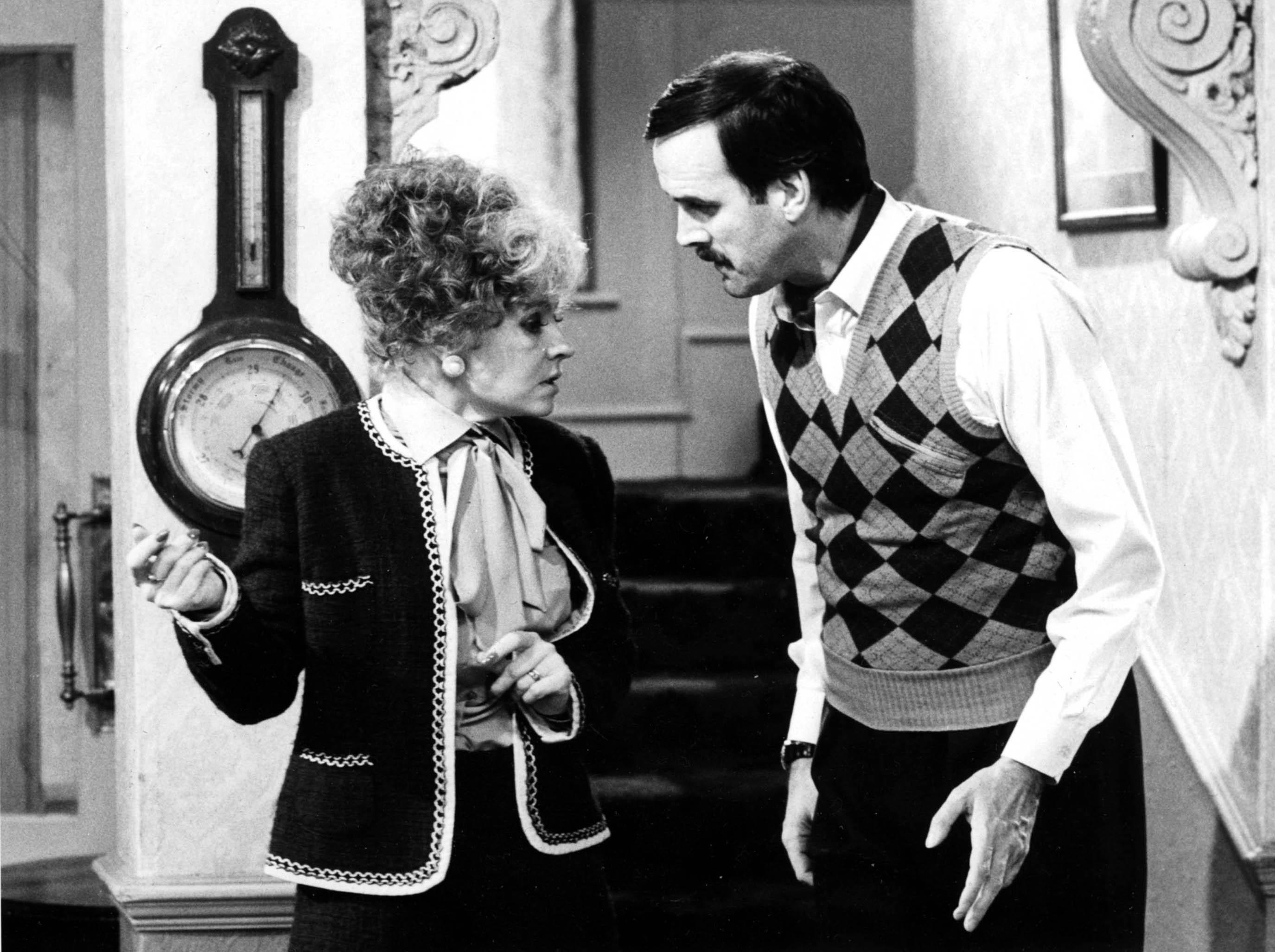Spectator: A tribute to the linotype machine
Leslie remembers the way newspapers used to be printed


Call me a dinosaur. I am the diplodocus of printing. I have actually hand-set metal type, letter by letter, into an open-sided box known as a stick. It took me roughly an hour to put together two inches' worth because I wasn't allowed to be left-handed. This was how Johannes Gutenberg created his Bible in about 1450-the first Western book set by moveable metal type. It ran to 1,272 pages. He must have been faster than me.
This method only vanished after 1884, when Ottmar Mergenthaler invented the linotype machine. And, when I first worked in news-papers, it was still going strong. Before it arrived, newspapers were rarely more than eight pages. Afterwards, they reached the monster proportions we know today.
When I was a cub reporter, the linotype was king. It stood about 7ft high and, with great Heath Robinson arms and knuckles, it would create a line of type at a time (hence the name). The operator worked at a complex keyboard, which allowed brass letters to fall in banana slides. Then, they would be pressed into molten lead (with a touch of antimony and tin) for onward transmission into a column of type.
The lead mix was warmed in a pot in the bowels of the machine by gas or, later, electricity. Like all great Victorian inventions, it relied entirely on mechanics. Each brass metal letter had a distinctive pattern like a barcode and the machine could drop it back into its original banana slide, so the supply of letters was constant.
My main task, later as a sub-editor on The Sunday Times, was to attend to the final touches when the compositor organised these columns of lead into the page layout in a heavy frame on the ‘stone' (not granite, but a huge cast-iron table). If the words were short, he would space them out with extra bits of lead. If the article was over-long, I would tell him what to cut. It was usually the last paragraph, far the easiest to cull, which is why reporters always get the main facts in the first few sentences.
Then, it was death to ‘widows', single words that took up a whole line at the bottom of a paragraph. You could save a lot of space by waging war on widows. In the process, the compositor would read the print as mirror-writing and the sub read it upside down as well. My skills of reading upside down come in handy for confidential documents on a desk, but cause problems when it says ‘Look Left' on the road.
Linotype operators and compositors were the kings of the newspaper world and the really skilled men (women, as at the Garrick, were forbidden) treated with awe, like famous footballers. From the ‘stone', the whole page was pushed onto a metal trolley. Occasionally, it was dropped onto the composing room floor where it split into thousands of lead lines. This was called ‘pieing'. I only saw it happen once, but have never forgotten the appalled silence.
Exquisite houses, the beauty of Nature, and how to get the most from your life, straight to your inbox.
The next process was to make a flong (invented in 1829 and called after a French flan-don't ask why), a papier-mâché imprint of the type, which was then curved in a semi-circle and, finally, recast in metal for the rotary press (invented in 1843). When you consider that 36 pages was quite normal, the work involved meeting the daily deadline was staggering.
It was only in the 1980s that hot-metal printing was superseded by soulless punched-paper tapes, throwing the men and their craft into history. These great machines, 100 years of communicating behind them, have now been melted down, leaving only a few in museums (I saw one in South Africa this spring).
To me, that thought is as tear-jerking as the sight of Turner's Fighting Temeraire towed to her last berth before break-up. And the linotype did more good than any warship. So, Mr Mer-genthaler, dead of tuberculosis at only 45, here's a belated salute to your ingenuity. At least we dinosaurs remember your machine with tenderness.
Country Life is unlike any other magazine: the only glossy weekly on the newsstand and the only magazine that has been guest-edited by His Majesty The King not once, but twice. It is a celebration of modern rural life and all its diverse joys and pleasures — that was first published in Queen Victoria's Diamond Jubilee year. Our eclectic mixture of witty and informative content — from the most up-to-date property news and commentary and a coveted glimpse inside some of the UK's best houses and gardens, to gardening, the arts and interior design, written by experts in their field — still cannot be found in print or online, anywhere else.
-
 This Suffolk home is a perfect escape from the world and it comes with its own stretch of river and 20 acres
This Suffolk home is a perfect escape from the world and it comes with its own stretch of river and 20 acresThis idyllic home in Suffolk is the perfect village home.
-
 We remember Prunella Scales in the Country Life Quiz of the Day, October 28, 2025
We remember Prunella Scales in the Country Life Quiz of the Day, October 28, 2025The actor passed away today and is best known for her role opposite John Cleese in the TV programme 'Fawlty Towers'.
